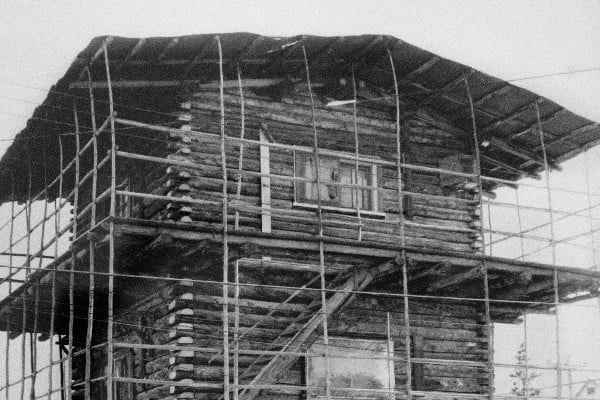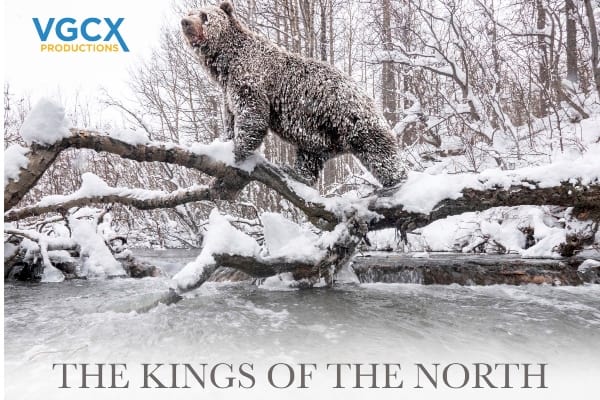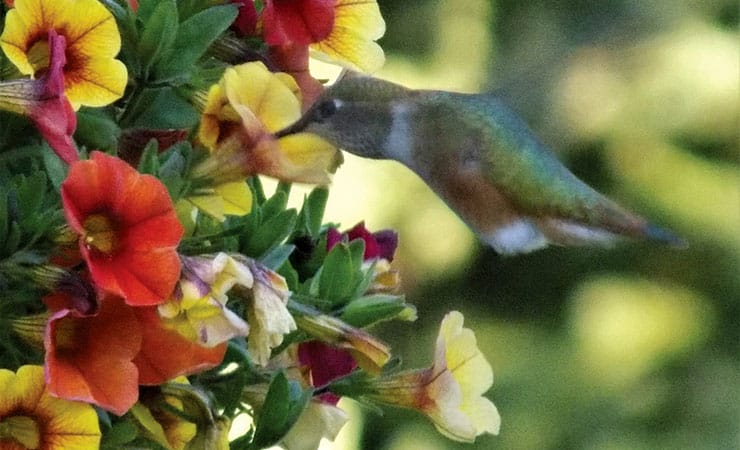This is the second and final part of a cyber-chat between What’s Up Yukon editors Meg Walker in Dawson City and Ken Bolton in Whitehorse.
KB: I was a bit puzzled the last time we spoke when you said you’d like to seeWhat’s Up Yukon cover fashion. I hope you don’t mean photos of anorexic models meandering down runways in Milan.
MW: Of course not, yikes. What I meant was the unique role that fashion plays here. The Yukon is full of people who came here to embrace the fullest version of themselves, and that plays out in how we dress, too. You can dress as a hobo or a fashionista, and I can’t tell from looking at you what kind of music you love, what your job is, or who your pals are, the way I can when I look at people in Vancouver or Toronto.
KB: There are many innovative designers here, too, and people making remarkable things with various fabrics. I’d like to see us carry more stories about people who are engaged in the fabric arts.
MW: From the perspective of someone who lives outside Whitehorse, I like the way this magazine reflects the close ties between the Dawson and Whitehorse music scenes, for example. It’s cool to read a review of a show in Whitehorse and compare that to the performances I get to see here.
KB: That also applies to other Yukon communities. If we cover an event that isn’t just a one-off in the capital, it helps people in rural Yukon keep tabs on what may be coming to their communities. And if it’s something like an art exhibit that isn’t travelling, I’m sure it’s helpful to know what is available if they are coming to the city.
MW: That touches on my biggest “want” as a reader, which is to see more stories from communities outside Whitehorse. That’s not a knock on Whitehorse, and I suppose it comes in part from being fairly new to the Yukon. But mostly it comes from seeing the spokes of relationships between Whitehorse and the other communities.
KB: How to reflect that is a definite challenge, though. We have had writers from Mayo and Dawson and Old Crow, for instance, but I think there’s more we can do to encourage a kind of multi-directional dialogue.
MW: That’s one of the beauties of email, the internet and so on. If you and I can use technology to function almost as if we were in the same office, the possibilities of using technology to develop that kind of dialogue among communities are really exciting.
KB: Not just geographic communities, either. One thing that makes the Yukon special is that it’s all one community in a sense, but it’s also communities within communities. There are many, many communities of interest that intersect and overlap from one geographical area to another.
MW: And a magazine that focuses on entertainment, arts, culture and recreational activities is in a fabulous position to reflect that.
KB: I think we’re getting a bit abstract here. What are some of the other “wants” you have, as a reader and as an editor?
MW: Our designer, Omaar Reyna does a terrific job of matching the written content with images, and I’d like to see us include more visual images in our content. I’d like to see much more about the wealth of First Nations art and culture in the territory. More discussion about how music and other arts speak to people in a deeper sense, not just as “events” or spectacles.
KB: I agree with you on all of that. My wish list also includes more coverage of recreational activities that don’t normally get much attention. Things such as skijoring, geo-caching, orienteering. Yukoners are so active on so many fronts, the possibilities seem almost endless.
MW: Another area I’d like to concentrate on is how the magazine can reflect the voice and the enthusiasm of young Yukoners.
KB: I agree. And let’s not forget all those young-at-heart Yukoners with a few more miles on them. There are hundreds of baby boomers and seniors who are tremendously involved in all the interests that What’s Up Yukon covers. But with all those things on the wish list, where do we start?
MW: Obviously, we can’t do everything at once. What we can do is keep reaching out, encouraging new contributors, trying out new ideas, but still providing what our readers have come to rely on for the past five years.
KB: Speaking of readers, you and I have probably talked enough about this already. So let’s wind up the conversation and turn it over to the people who matter most – the people who read this magazine.
MW: For sure. But that doesn’t mean we won’t do lunch sometime, right?
KB: Right. Your town or mine? Stay warm up there, and keep in touch.



